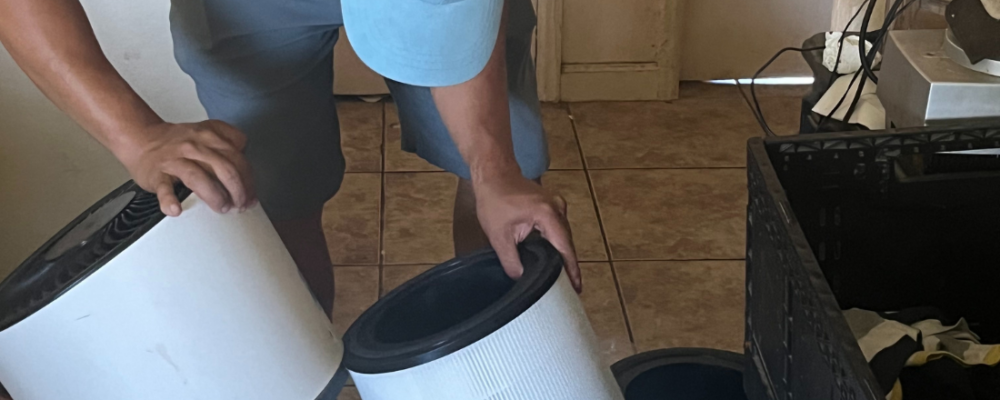
California’s Green Chemistry Initiative at Age 10: An Evaluation of Its Progress and Promise
- Peggy Reynolds, Ph.D., University of California San Francisco; Anh Hoang, University of California San Francisco
-
Focus Areas
Environmental Health -
Issues
Cancer

In 2008, the California legislature enacted two groundbreaking laws collectively designed to protect Californians from toxic chemicals in products, and to provide the public with more information about chemical hazards:
- Assembly Bill 1879 (Feuer, 2008) created the Safer Consumer Products Program, requiring the Department of Toxic Substances Control (DTSC) to evaluate chemicals of concern in products and their potential alternatives and to reduce the hazards of chemicals in products.
- Senate Bill 509 (Simitian, 2008) established a Toxics Information Clearinghouse for data on chemical Hazard Traits, as defined by the California Office of Environmental Health Hazard Assessment (OEHHA).
A decade later, this project evaluated the progress made under these two laws, which collectively enacted the California Green Chemistry Initiative (GCI). The project also considered how the GCI addresses breast carcinogens. This report provides recommendations for improving the program and ensuring the state initiative fulfills its promise to make consumer products safer and people healthier.
Work With Us
You change the world. We do the rest. Explore fiscal sponsorship at PHI.
Support Us
Together, we can accelerate our response to public health’s most critical issues.
Find Employment
Begin your career at the Public Health Institute.


